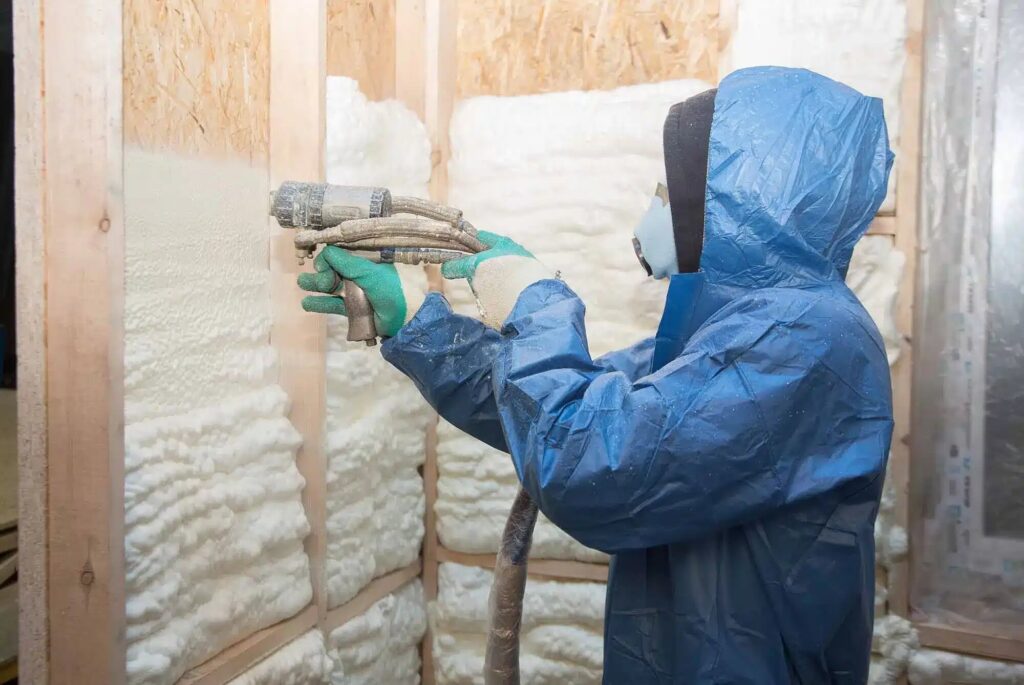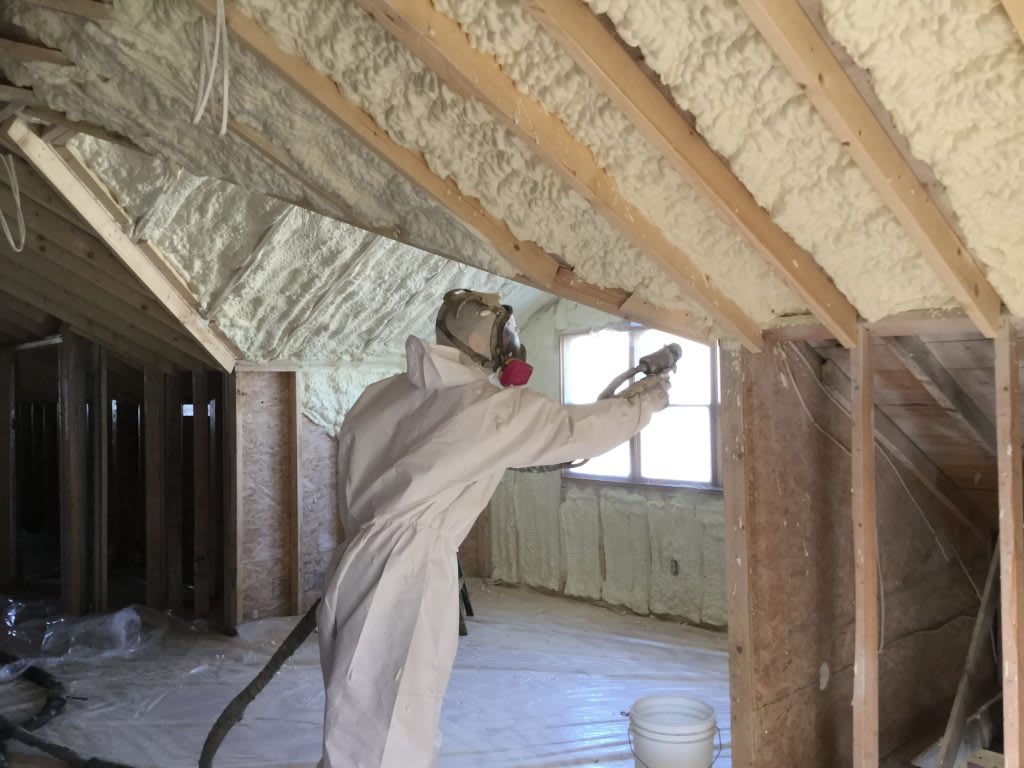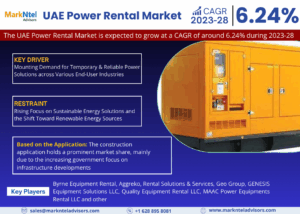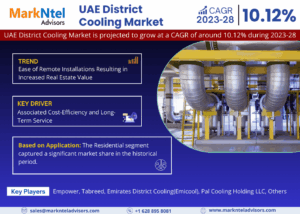Spray foam insulation delivers substantial long-term financial returns through energy savings that typically range from 20-50% on heating and cooling costs, while simultaneously increasing property values by an average of 3-5%. Property owners experience enhanced comfort through superior air sealing capabilities that eliminate drafts and temperature inconsistencies, creating more stable indoor environments year-round.
This comprehensive analysis explores the many advantages of spray foam insulation services—a strategic investment for property owners—ranging from immediate comfort improvements to long-term energy savings and financial benefits. The following sections detail specific performance metrics, cost comparisons, and practical considerations to help you evaluate this insulation solution.
Energy Efficiency Performance and Cost Savings
Spray foam insulation’s closed-cell structure creates an effective thermal barrier that significantly outperforms traditional insulation materials. Properties retrofitted with spray foam typically achieve energy savings of $300-1,200 annually, depending on climate zone and building size.
The superior performance stems from spray foam’s ability to seal air leaks while providing insulation. Traditional insulation materials address thermal bridging but allow air movement, which accounts for up to 40% of energy loss in typical buildings. Spray foam eliminates this issue by forming a continuous barrier.
Long-Term Energy Performance Comparison
| Insulation Type | R-Value per Inch | Air Sealing Capability | 20-Year Energy Savings | Degradation Rate |
| Closed-Cell Spray Foam | R-6 to R-7 | Excellent (90-95% reduction) | $6,000-$24,000 | Minimal (2-3%) |
| Open-Cell Spray Foam | R-3.5 to R-4 | Good (70-85% reduction) | $4,000-$16,000 | Low (5-8%) |
| Fiberglass Batts | R-3.2 to R-3.8 | Poor (10-20% reduction) | $2,000-$8,000 | High (15-25%) |
| Cellulose | R-3.6 to R-3.8 | Fair (30-50% reduction) | $2,500-$10,000 | Moderate (10-15%) |
Bonus Tip: Document your energy usage for 12 months before installation to establish baseline consumption. This data proves essential for calculating actual savings and potential utility rebates.
Property Value Enhancement and Market Appeal
Real estate appraisers increasingly recognize spray foam insulation as a value-adding improvement. Properties with professionally installed spray foam systems command higher sale prices and spend less time on the market compared to homes with conventional insulation.
Market data from the National Association of Realtors indicates that energy-efficient homes sell 73% faster than comparable properties without efficiency upgrades. Spray foam insulation ranks among the top five improvements that buyers actively seek when evaluating properties.
Return on Investment Analysis
The initial investment in spray foam insulation typically ranges from $1.50-$4.50 per square foot, depending on application type and regional labor costs. Property owners recover this investment through combined energy savings and increased property value within 5-8 years for most applications.
Market Data: A 2024 study by the Appraisal Institute found that homes with spray foam insulation sold for an average of $15,000-$25,000 more than comparable properties in the same neighborhoods.
Durability and Structural Benefits
Spray foam insulation maintains its performance characteristics for 30-50 years when properly installed, significantly outlasting traditional insulation materials. The foam’s adhesive properties also contribute structural rigidity, with studies showing 75-200% increases in wall strength depending on application thickness.
Closed-cell spray foam provides moisture resistance that prevents mold growth and wood rot, protecting structural elements from moisture-related deterioration. This protection extends building lifespan and reduces maintenance costs over time.
[Image: Time-lapse comparison showing spray foam insulation performance after 10 years versus deteriorated fiberglass batts]
Structural Performance Specifications
| Performance Metric | Closed-Cell Foam | Open-Cell Foam | Traditional Materials |
| Compressive Strength | 25-35 psi | 0.5-1.0 psi | 0.1-0.5 psi |
| Moisture Permeability | 0.8-3.0 perms | 16-20 perms | 5-50 perms |
| Service Life | 30-50 years | 20-30 years | 10-25 years |
| Dimensional Stability | Excellent | Good | Poor to Fair |
| Rodent Resistance | High | Moderate | Low |
Health and Indoor Air Quality Improvements
Spray foam insulation creates healthier indoor environments by eliminating air infiltration that carries allergens, pollutants, and moisture into living spaces. The air sealing properties reduce dust accumulation and help maintain consistent humidity levels that discourage mold growth. Property owners report fewer respiratory issues and improved sleep quality after spray foam insulation, while the elimination of drafts creates more comfortable living conditions and reduces HVAC system workload, leading to improved air circulation and filtration effectiveness.
Bonus Tip: Schedule installation during moderate weather conditions when you can ventilate the property adequately during the curing process, typically 24-48 hours after application.
Climate Zone Considerations and Performance Variations
Spray foam insulation performance varies significantly across different climate zones. Properties in extreme climates experience the greatest benefits due to larger temperature differentials and longer heating/cooling seasons.
Northern climates benefit most from closed-cell spray foam’s vapor barrier properties, while southern regions often achieve optimal results with open-cell applications that allow moisture vapor transmission. Mixed climates require careful evaluation of specific building conditions and local building codes.
Climate-Specific Performance Data
| Climate Zone | Optimal Application | Annual Energy Savings | Payback Period |
| Cold (Zones 6-8) | Closed-Cell, Full Coverage | $800-$1,400 | 4-6 years |
| Mixed (Zones 4-5) | Combination Approach | $500-$900 | 5-7 years |
| Hot-Humid (Zones 1-3) | Open-Cell, Selective Areas | $400-$700 | 6-8 years |
| Hot-Dry (Zones 2-3) | Closed-Cell, Roof Focus | $600-$1,000 | 5-7 years |
Things to Consider Before Making a Decision
Professional installation quality significantly impacts long-term performance. Research contractors thoroughly, verify insurance coverage, and request references from recent projects. Obtain detailed proposals that specify foam type, thickness, and coverage areas.
Building code compliance varies by location and application. Some jurisdictions require thermal barriers over spray foam in living spaces, while others have specific ventilation requirements. Consult local building officials before proceeding with installation.
Budget for potential additional costs including surface preparation, temporary relocation during installation, and possible HVAC modifications. Some applications require ductwork adjustments or ventilation system upgrades to optimize performance.
Consider timing factors such as weather conditions, project scheduling, and occupancy requirements. Spray foam installation requires specific temperature and humidity conditions for optimal results, and the curing process may temporarily restrict building access.
Bonus Tip: Document all existing insulation conditions with photographs before removal. This information helps contractors develop accurate proposals and provides reference for insurance claims if needed.
Common Questions
Installation Process and Timeline
Professional spray foam installation typically requires 1-3 days for residential applications, depending on project scope and building size. The process involves surface preparation, protective covering of fixtures, foam application, and cleanup. Occupants must vacate the building during application and initial curing, usually 24-48 hours.
Maintenance Requirements
Spray foam insulation requires minimal maintenance once properly installed. Annual visual inspections check for damage or gaps, particularly around penetrations or building additions. Professional evaluation every 5-10 years ensures continued performance and identifies any necessary repairs.
Compatibility with Existing Systems
Spray foam works with most HVAC systems but may require adjustments to accommodate reduced air leakage. Buildings with sealed combustion appliances experience fewer compatibility issues. Older systems benefit from professional evaluation to ensure adequate fresh air supply after air sealing improvements.
The Long-Term Benefits of Spray Foam Insulation for Property Owners FAQ
How long does spray foam insulation maintain its effectiveness? Professionally installed spray foam insulation maintains its performance for 30-50 years with minimal degradation. Closed-cell applications typically last longer than open-cell systems, with some installations showing less than 5% performance reduction after 20 years of service.
What factors influence the return on investment for spray foam insulation? Energy costs, climate conditions, building size, and installation quality primarily determine ROI. Properties in extreme climates with high energy costs typically achieve payback periods of 4-6 years, while moderate climates may require 6-8 years for full cost recovery through energy savings alone.
Does spray foam insulation require special permits or inspections? Most jurisdictions require building permits for spray foam insulation, particularly when applied to large areas or structural cavities. Inspections typically occur before and after installation to verify code compliance and proper application techniques.
Can spray foam insulation be installed in occupied buildings? Installation requires temporary evacuation during application and initial curing, typically 24-48 hours. The foam releases chemical odors during installation that require adequate ventilation. Most contractors schedule installation to minimize disruption to occupants.
How does spray foam insulation perform in different weather conditions? Spray foam maintains consistent performance across temperature extremes better than traditional insulation materials. Cold weather may slightly reduce foam expansion during installation, while excessive heat can accelerate curing. Professional contractors adjust application techniques based on ambient conditions.
Make the Right Decision
The long-term benefits of spray foam insulation extend far beyond initial energy savings, encompassing property value enhancement, structural improvements, and indoor air quality benefits that compound over decades. Property owners who invest in professional spray foam installation typically recover their investment within 5-8 years while enjoying improved comfort and reduced maintenance costs throughout the building’s lifespan.
Evaluate your specific property conditions, local climate factors, and long-term ownership plans when considering spray foam insulation. The substantial upfront investment delivers measurable returns through reduced energy costs, increased property values, and enhanced building performance that benefits property owners for decades.
Reviewer
Reviewer: Mia Clark used her 9 years of experience in spray foam to review this article and offered input focused on helping companies make their services easier to understand and market effectively.
Author
Author: Jared Baker, Owner and Director of Business, brings deep local insight and strong business expertise to Armored Insulation as a native of Mayfield. While continuing a full-time role as a Staff Officer with a federal natural resources agency, has successfully built multiple ventures, including Bluegrass Commercial Cleaning, Animal Tales, and Undercover Properties. As Armored’s Business and Marketing Manager, plays a key role in upholding the company’s focus on delivering top-tier service.








